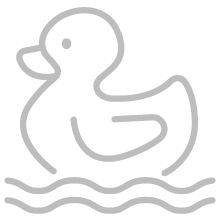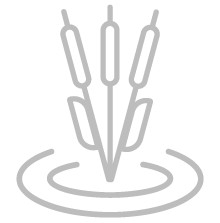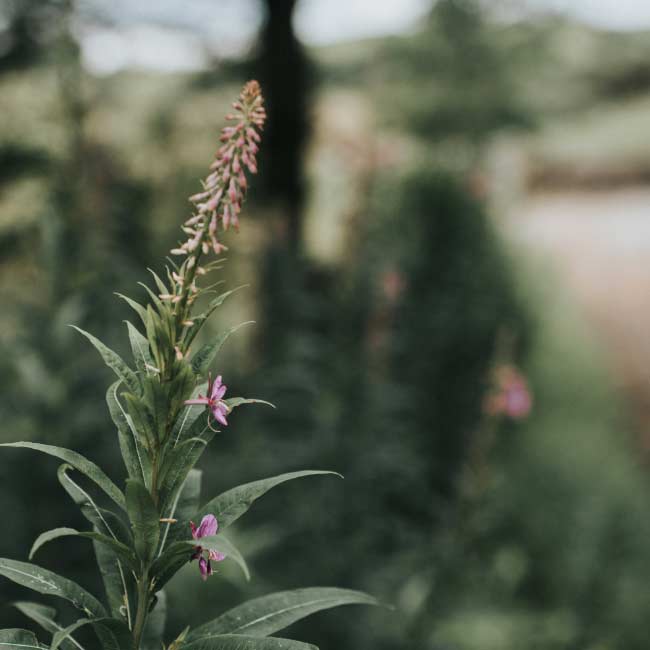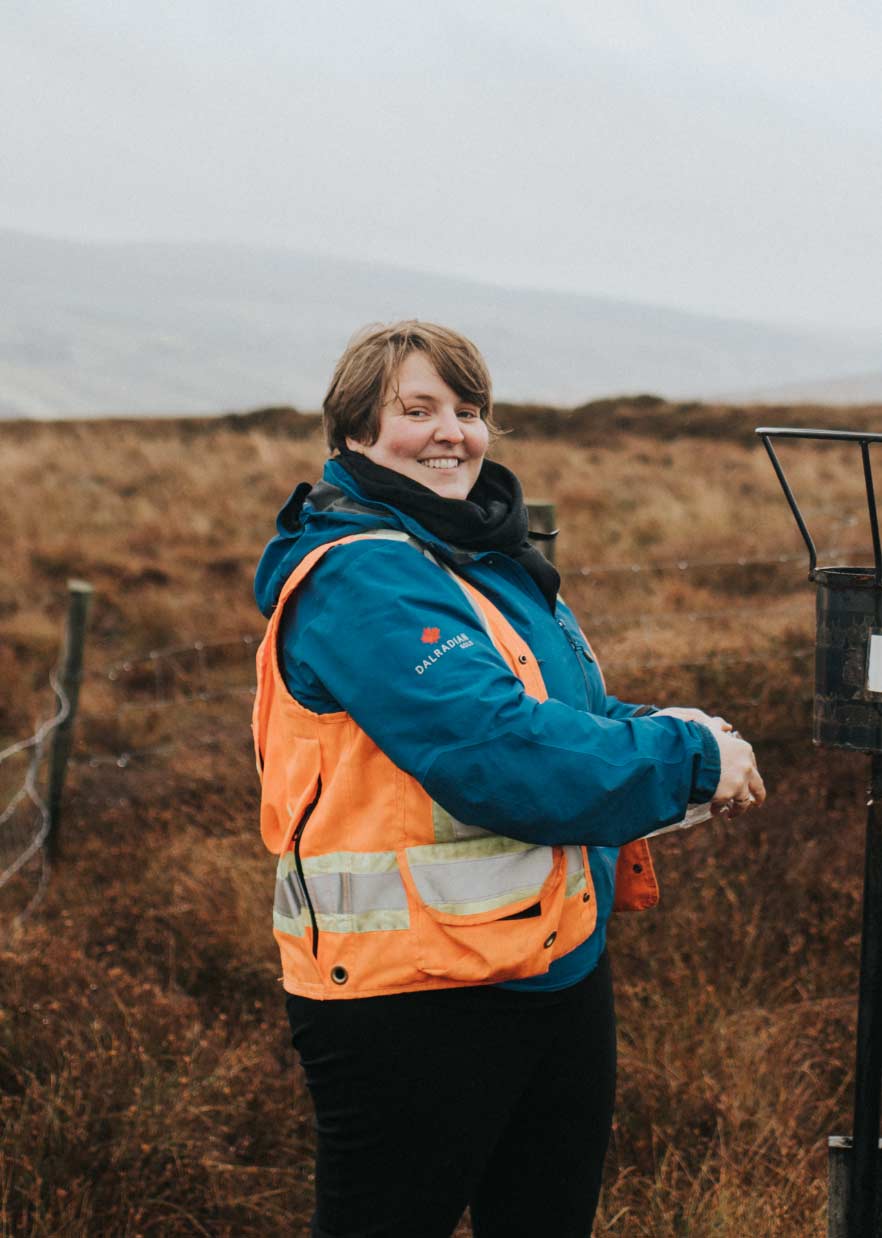A strong commitment to sustainability,
community, and environmental stewardship
Environmental safeguards
People in the Sperrins have a deep connection with the land. They have long altered this landscape to support agriculture, provide fuel, and drive industry.
We take our inspiration from that symbiotic relationship. You can see it in our 15 years of exploration and test mining. All our operations have been conducted with an eye to minimising our environmental impact.

Respecting the landscape
Site rehabilitation will start during operations and continue after mining has finished.
Dry stack facility
Our modern approach to storing mine tailings is an EU best available technique and a secure solution that fits into the landscape.
Water protection
Our operational water will be captured, treated, and monitored to meet independent, strict criteria set out by the Northern Ireland Environment Agency.
Innovative processing
We plan to use a mineral recovery process so safe that it was approved for use in a UK national park.
Less than 15% increase in traffic
The mine will bring new traffic to local roads, but far less than you might expect. Local roads now run at 10% capacity and will rise to 11.5% during our operations.
Carbon neutral
We are committed to ensuring zero net carbon emissions, thanks to electric vehicles, advanced machinery and a carbon offset scheme. We achieved carbon neutrality to PAS 2060 standards since 2019.
How does our mine work?
A useful way to understand our proposed mine is to think of it as a high-tech, highly regulated, precision-led quarry—only one that is below ground, with some processing on the surface.
There are six stages to Dalradian’s environmentally responsible mining project: narrow-vein mining, processing, rock management, water treatment, shipping and refinement, and rehabilitation.
Dalradian is doing things better. Our philosophy? Landscape restoration and ecological protection begins during operations and continues long after mining has finished.
Biodiversity
Dalradian has committed to ensuring that the proposed mine delivers biodiversity net gain. As part of our planning application, we have conducted extensive ecological impact assessments, which provide detailed information about local wildlife populations and their habitats.
As a guiding principle, the area containing the project’s infrastructure is as small as possible to avoid disturbance and minimise habitat loss.
Dalradian is proposing a range of measures to protect local wildlife and habitats, including creating new peatland habitats, breeding ponds, and roosting and nesting sites.



Our environmental track record
We're not waiting to implement careful environmental management—it's how we operate today. We use bog mats on drill rig sites during exploration to protect the existing vegetation. Once we finished test mining, we restored our waste rock store so well that it blends into the landscape. It has withstood every challenge, including serious flooding events. As part of our Carbon Neutral Plus programme, we have supported planting more than 1,800 native species trees in Northern Ireland and GB over the past six years.
Carbon neutral status
Dalradian’s Curraghinalt project has achieved Carbon Neutral Plus certification every year since 2019. The certification process requires us to:
develop and implement a carbon management plan to proactively reduce carbon emissions as much as possible.
gather all information relating to energy consumption and submit this data to be assessed using the WRI/ WBCSD Greenhouse Gas (GHG) Protocol and ISO14064-1 to identify current major emission sources and opportunities for future savings.
offset the emissions through an internationally certified offsetting project to achieve neutrality and
support tree planting throughout the UK a requirement for the “plus” designation. To date, over 1,800 trees have been planted through our support.
We endeavour to find additional ways of reducing our carbon footprint at every turn through all activity at all our sites. Since our benchmark year of 2019, we have decreased carbon emissions by 84%.
Climate Change
Dalradian is active in managing climate change by minimising the impacts of our existing and future operations on climate and managing the risks that climate change could bring, both in our existing operations and the proposed mine.


Your support matters
Support our plans to create jobs, strengthen the local community and respect the environment. The Department for Infrastructure will take your views into account. Help make our plans a reality.
Your letter of support will be sent directly to the Department for Infrastructure. Dalradian will not see your letter, nor any of your details.
Great things can happen with your support
Support our plans to create jobs, strengthen the local community and respect the environment. The Department for Infrastructure will take your views into account. Help make our plans a reality.
Customise a letter of support in two simple steps:
Provide your personal details
This will signal your support to the Department for Infrastructure. You can choose to keep these details private.
Tell the Department for Infrastructure why you support the project
Please tick all the elements you like about the proposed project.
Dalradian will not see your letter, nor any of your details. Your letter of support will be sent directly to the Department for Infrastructure
